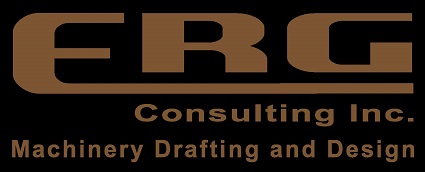The numbers of experienced designers is diminishing with the graying of the workforce. Trends in training and hiring is leading to the replacement of experienced designers with either CAD operators with limited design (and drafting) experience, or junior engineers with virtually no training in drafting and design. We can help you develop an understanding of the design requirements to manage a new product design, and create documentation that will permit the manufacturing of parts that will provide good service, be readily manufactured, and will fit without modification when parts are replaced or upgraded.
ERG offers more than 30 hours of training, starting with basic concepts to ensure that junior and intermediate design personnel can be brought up to a consistent level of knowledge and understanding about how to design and document their designs using correct document symbology and tolerancing to limit manufacturing costs and ensure part suitability and interchangeability. We review various processes, and relative costs for those processes, and discuss considerations when designing weldments, machined parts, assemblies and machinery.
We spend time discussing designing for manufacturing, servicing and assembly. Discussed issues include tolerance stackup and the proper application of tolerances and GD&T. GD&T explanations are a significant part of the training, including implied inspection processes, and how GD&T application varies from what is commonly understood by certain terms, and why it is important to use the correct GD&T symbology to limit variation without adding unnecessary cost.
Sessions are interactive; we encourage questions and comments from the participants. Where possible we use real-world examples of issues and how to avoid them, and reasons for using particular symbology and controls on drawings.
We discuss creativity, and sources of ideas for solutions to problems. We also discuss a number of key issues related to good design and designing for durability.


